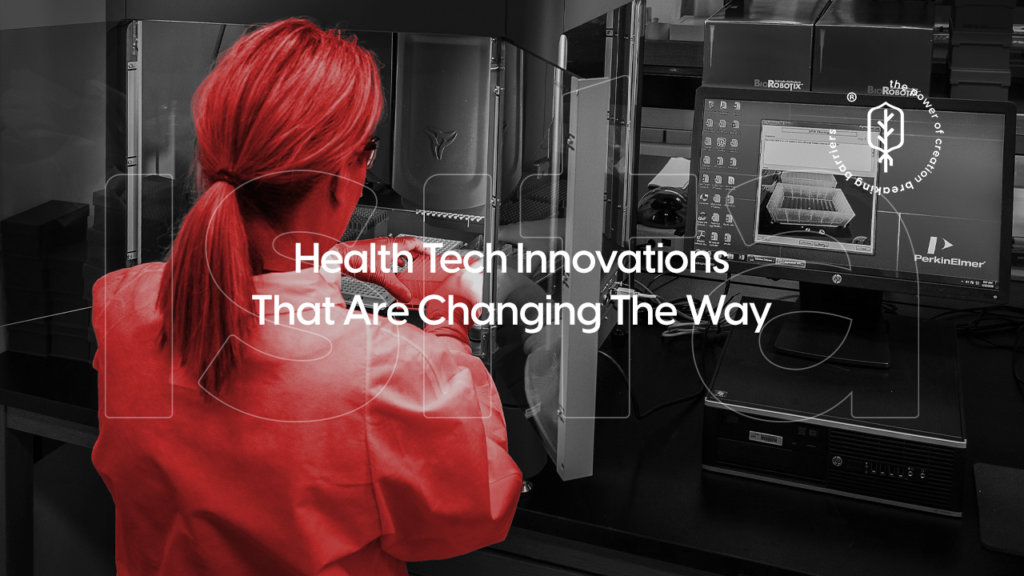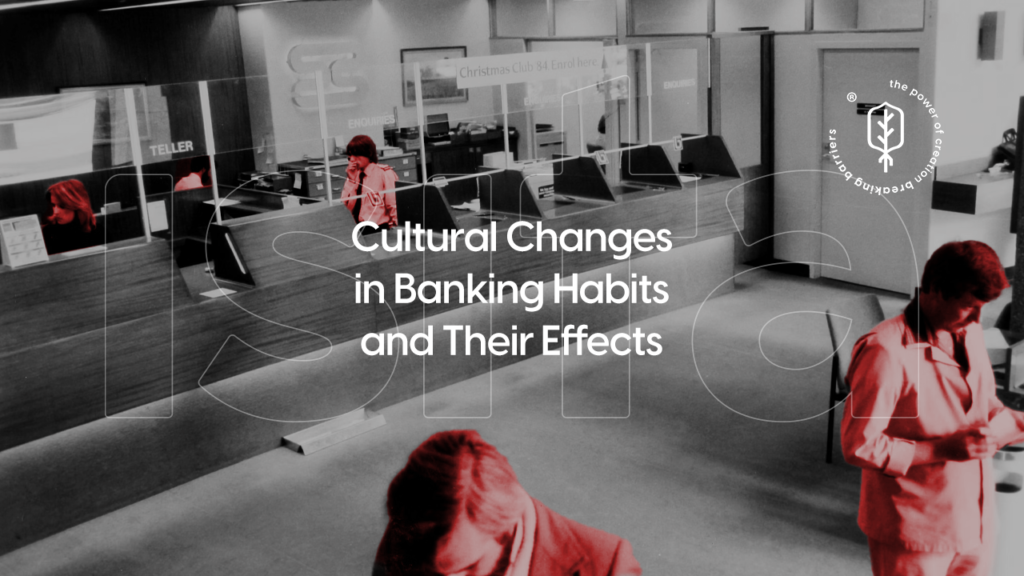The need for speed, efficiency, and reliability has never been greater. DevOps, a blend of “development” and “operations,” is a set of practices and tools designed to increase an organization’s ability to deliver applications and services at high velocity.
By fostering a culture of collaboration and integrating automation, DevOps aims to streamline the software development lifecycle, from coding and testing to deployment and monitoring.
This article explores the key principles of DevOps, the benefits it offers, and the best practices for implementing DevOps to accelerate your development process.
Understanding DevOps
DevOps is a cultural and technical movement aimed at unifying software development (Dev) and software operation (Ops). It focuses on automating and integrating the processes between software development and IT teams to enable continuous delivery and faster time to market.
Key Principles of DevOps
- Collaboration and Communication: Breaking down silos between development and operations teams to foster a culture of shared responsibility.
- Automation: Automating repetitive tasks to increase efficiency and reduce the potential for human error.
- Continuous Integration and Continuous Deployment (CI/CD): Integrating code changes frequently and deploying them automatically to production environments.
- Monitoring and Feedback: Continuously monitoring applications and infrastructure to gather feedback and improve performance and reliability.
Benefits of DevOps
Accelerated Time to Market
DevOps practices enable faster development cycles by automating and streamlining processes. This allows organizations to deliver new features and updates more quickly, gaining a competitive advantage.
Improved Collaboration
DevOps fosters a culture of collaboration between development, operations, and other stakeholders. This leads to better communication, more efficient workflows, and a shared understanding of goals and challenges.
Enhanced Quality and Reliability
By integrating automated testing and continuous monitoring into the development process, DevOps ensures that software is thoroughly tested and performs reliably in production environments.
Increased Efficiency
Automation reduces the time and effort required for repetitive tasks, allowing teams to focus on more strategic activities. This improves overall efficiency and productivity.
Scalability and Flexibility
DevOps practices and tools are designed to scale with your organization’s needs. They enable more flexible and responsive development processes, making it easier to adapt to changing requirements and market conditions.
Key Practices for Implementing DevOps
Continuous Integration (CI)
Continuous Integration involves integrating code changes into a shared repository frequently. Each integration is automatically tested to detect and resolve issues early.
- Version Control: Use a version control system like Git to manage code changes and facilitate collaboration.
- Automated Builds: Implement automated build processes to compile code and run tests automatically upon each code commit.
- Code Reviews: Conduct regular code reviews to maintain code quality and consistency.
Continuous Deployment (CD)
Continuous Deployment automates the process of deploying code changes to production environments. This ensures that new features and updates are delivered quickly and reliably.
- CI/CD Pipelines: Set up CI/CD pipelines using tools like Jenkins, GitHub Actions, or GitLab CI to automate the build, test, and deployment processes.
- Automated Testing: Implement automated testing at various stages of the pipeline, including unit tests, integration tests, and end-to-end tests.
- Blue-Green Deployments: Use blue-green deployment strategies to minimize downtime and reduce the risk of deployment failures.
Infrastructure as Code (IaC)
Infrastructure as Code involves managing and provisioning infrastructure through code and automation tools. This ensures consistency and allows for rapid provisioning and scaling of infrastructure.
- Configuration Management: Use configuration management tools like Ansible, Puppet, or Chef to automate the setup and management of infrastructure.
- Provisioning Tools: Leverage provisioning tools like Terraform or AWS CloudFormation to define and deploy infrastructure as code.
- Version Control: Store infrastructure code in version control systems to track changes and collaborate effectively.
Monitoring and Logging
Continuous monitoring and logging are essential for maintaining the health and performance of applications and infrastructure. They provide insights into system behavior and help identify and resolve issues proactively.
- Monitoring Tools: Implement monitoring tools like Prometheus, Grafana, or Datadog to track key metrics and performance indicators.
- Logging Solutions: Use logging solutions like ELK Stack (Elasticsearch, Logstash, Kibana) or Splunk to collect, analyze, and visualize log data.
- Alerting: Set up alerting mechanisms to notify teams of potential issues or anomalies in real-time.
Security Integration
Integrating security into the DevOps process, known as DevSecOps, ensures that security is addressed at every stage of the development lifecycle.
- Static Code Analysis: Use static code analysis tools to detect security vulnerabilities and code quality issues during development.
- Dynamic Application Security Testing (DAST): Implement DAST tools to identify security vulnerabilities in running applications.
- Compliance Automation: Automate compliance checks and enforce security policies using tools like OpenSCAP or AWS Config.
Tools for Implementing DevOps
CI/CD Tools
- Jenkins: An open-source automation server that supports building, testing, and deploying code.
- GitHub Actions: Provides CI/CD workflows integrated with GitHub repositories.
- GitLab CI: A powerful tool for automating the entire DevOps lifecycle.
Configuration Management Tools
- Ansible: An open-source tool for automating configuration management, application deployment, and task automation.
- Puppet: Provides automated configuration management and infrastructure as code capabilities.
- Chef: An automation platform that configures and manages infrastructure using code.
Containerization and Orchestration Tools
- Docker: Provides containerization for creating, deploying, and running applications in isolated environments.
- Kubernetes: An orchestration tool for automating the deployment, scaling, and management of containerized applications.
Monitoring and Logging Tools
- Prometheus: An open-source monitoring system that collects metrics and provides powerful querying capabilities.
- Grafana: An open-source platform for monitoring and observability, providing interactive data visualization.
- ELK Stack (Elasticsearch, Logstash, Kibana): A suite of tools for searching, analyzing, and visualizing log data in real time.
Best Practices for DevOps Implementation
Foster a DevOps Culture
DevOps is as much about culture as it is about tools and processes. Foster a culture of collaboration, shared responsibility, and continuous improvement. Encourage open communication and teamwork between development, operations, and other stakeholders.
Start Small and Scale
Implement DevOps practices incrementally. Start with a small, manageable project to demonstrate the benefits and iron out any issues. Gradually scale DevOps practices across the organization as teams become more comfortable with the processes and tools.
Automate Everything
Automation is a core principle of DevOps. Automate as many processes as possible, including builds, tests, deployments, infrastructure provisioning, and monitoring. This reduces manual effort, increases consistency, and speeds up the development lifecycle.
Measure and Improve
Continuously measure the performance and effectiveness of your DevOps practices. Use metrics such as deployment frequency, lead time for changes, mean time to recovery (MTTR), and change failure rate to assess and improve your processes.
Prioritize Security
Integrate security into every stage of the development lifecycle. Implement DevSecOps practices to ensure that security is not an afterthought but a fundamental aspect of your DevOps process.
Implementing DevOps practices can significantly accelerate your development process, improving speed, efficiency, and reliability. By fostering a culture of collaboration, leveraging automation, and integrating continuous integration, continuous deployment, infrastructure as code, and robust monitoring, organizations can deliver software more quickly and reliably.
DevOps not only enhances the development process but also provides a scalable and flexible framework that can adapt to changing business needs and technological advancements. Ultimately, DevOps is about creating a seamless, efficient, and collaborative environment that drives innovation and success in the fast-paced world of software development.
Did you find this post interesting? Stay tuned for our blog posts



